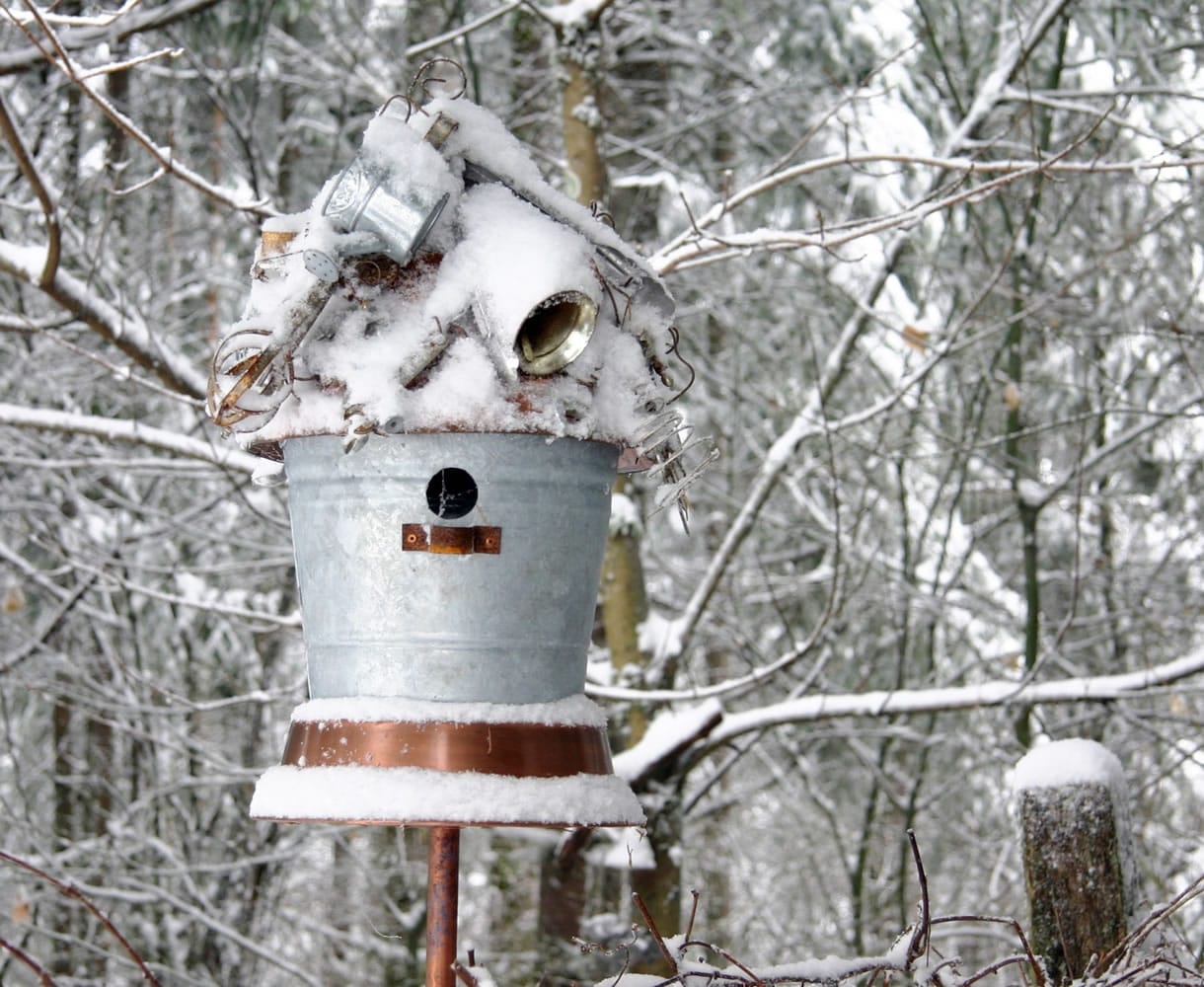In the Northern Hemisphere, the winter solstice is the day of the year when the sun is farthest south in the sky. That day came on Dec. 22. It was also the shortest day of the year, in the sense that the length of time elapsed between sunrise and sunset was the shortest. My spirits lift when I think of what this means for the days ahead.
Although we have a tendency to be less than specific about the exact onset of seasons in the Pacific Northwest, the winter solstice marked the first day of winter. The Earth is actually nearer the sun in January than it is in June, during the summer solstice. What makes the difference between winter and summer is not proximity but how many hours and minutes of precious sunlight we receive.
Many cultures the world over perform solstice ceremonies. The winter solstice was celebrated among the ancients as a turning point. We don’t know exactly how long humans have recognized the solstice, but many believe its social significance began with a fear that the failing light would never return. Solstice ceremonies were likely an attempt at human intervention with anxious vigil and antic celebration.
With the benefit of hindsight and gardeners’ almanacs, we know that after this astronomical event every new day will be a bit longer than the one before. This knowledge gives us hope and so we will continue to garden. The Earth leans slightly on its axis and in this off-kilter position, spins like a top. The precise angle of our planet’s tilt is what causes all the variety of
our climate, all the drama and poetry of our seasons.
Time for reflection
A good resolution for every gardener is to rethink what you want your garden to be. This is the one thing you can do each year that will make the biggest difference. If you take the time to figure out what you want your garden to be, you multiply the possibility of creating that garden a thousand fold.
A good question to ask each year is “How do I want to use my garden?” If, for example, your favorite part of having a garden is to throw magnificent outdoor dinner parties, you want to create an outdoor area that makes guests feel at home. Pay as much attention to the garden’s hardscaping as you do to the planting beds. A generous deck with ample seating space is as important to this garden as a prized perennial is to a plant collector.
One resolution every gardener should make is to put the right plant in the right location. Begin with a commitment to choose plants that will not outgrow the space where you plant them. If the information tag on a shrub says that it will grow to be 10 feet by 10 feet, do not try to squeeze it into the 4 square feet of soil between your house and the sidewalk.
Make a resolution not to rely on pruning to keep a plant from growing to be the size it wants to be. This battle cannot be won. We have all seen those pitiful houses with one big shrub that has grown over the address numbers by the front door and is beginning to cover all the windows. Plants that you try to control by pruning will outlive you and swallow up your garden after you are gone just to prove their point. Resolve to heed the advice of other gardeners. There is no better recommendation for growing a specific plant than one from a gardener who has grown it before you.
My favorite resolution is to accept the fact that mistakes are a way of learning. You can cut down on the number of times you make the same mistake by getting in the habit of writing things down in a garden journal or notebook. With a journal you can make a note in the fall that clearly states (or pictures) the location and color of bulbs that will begin to grow in spring. This is of great value to anyone who has ever dug up a spring blooming bulb before it had a chance to emerge on its own.
Robb Rosser is a WSU-certified master gardener. Reach him at Write2Robb@aol.com.



